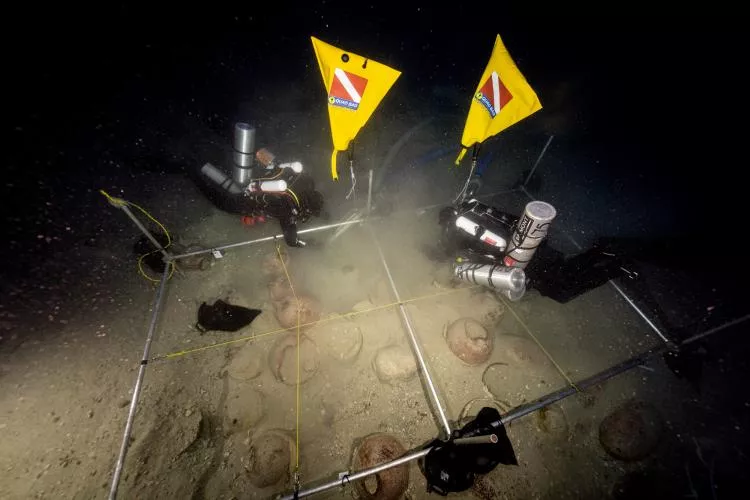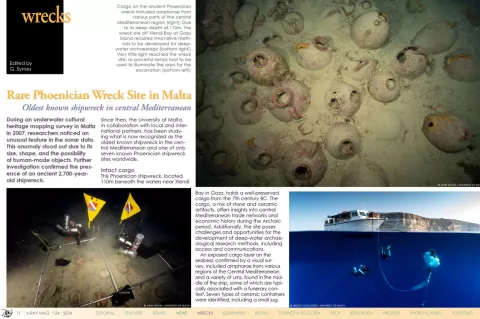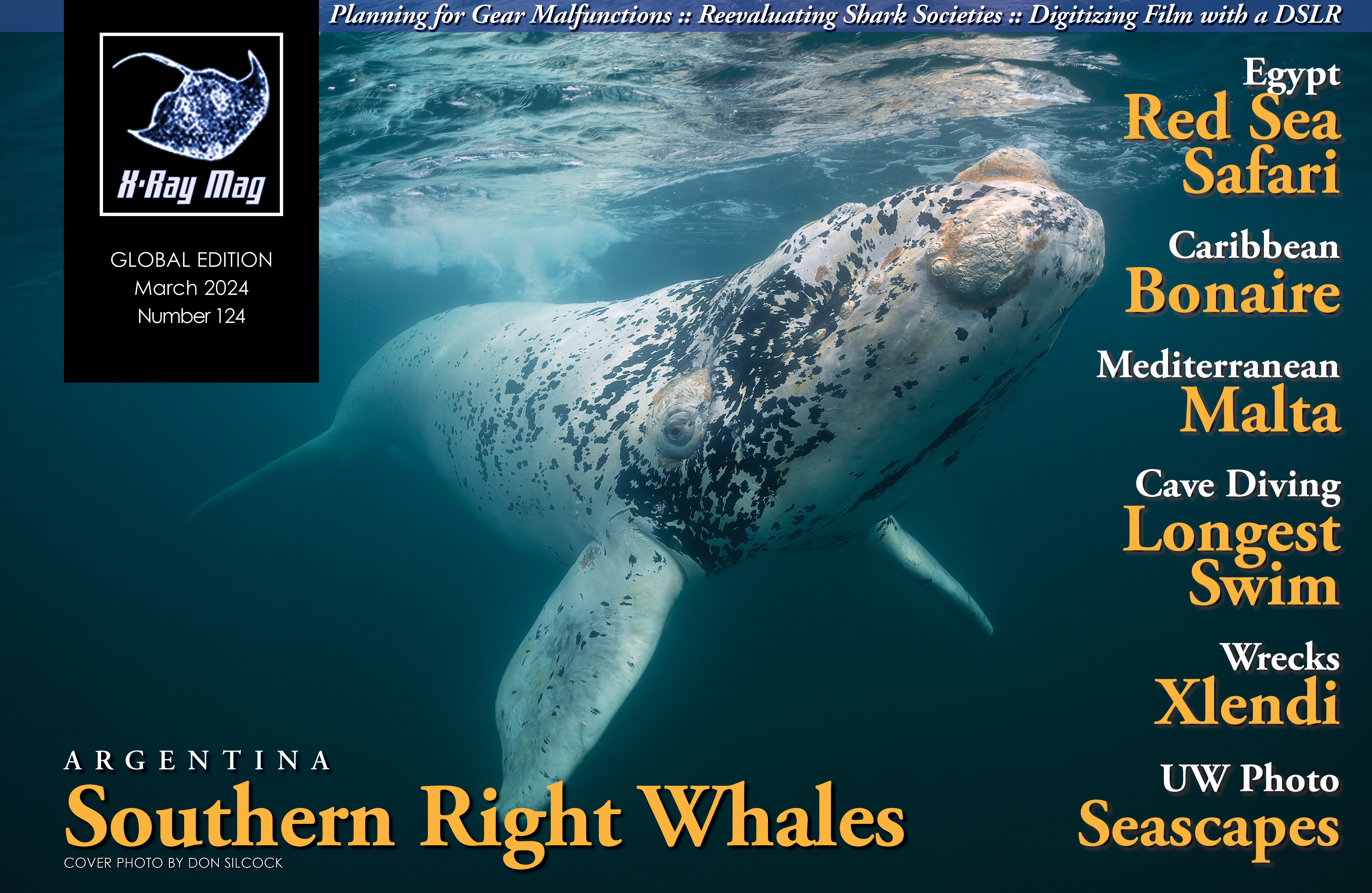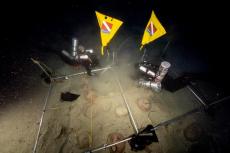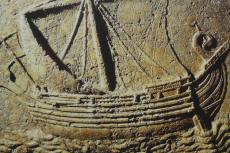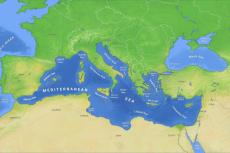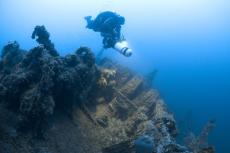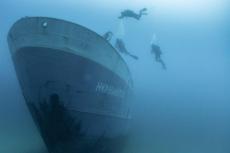During an underwater cultural heritage mapping survey in Malta in 2007, researchers noticed an unusual feature in the sonar data. This anomaly stood out due to its size, shape, and the possibility of human-made objects. Further investigation confirmed the presence of an ancient 2,700-year-old shipwreck.
Contributed by
Since then, the University of Malta, in collaboration with local and international partners, has been studying what is now recognized as the oldest known shipwreck in the central Mediterranean and one of only seven known Phoenician shipwreck sites worldwide.

Intact cargo
This Phoenician shipwreck, located 110m beneath the waters near Xlendi Bay in Gozo, holds a well-preserved cargo from the 7th century BC. The cargo, a mix of stone and ceramic artifacts, offers insights into central Mediterranean trade networks and economic history during the Archaic period. Additionally, the site poses challenges and opportunities for the development of deep-water archaeological research methods, including access and communications.
An exposed cargo layer on the seabed, confirmed by a visual survey, included amphorae from various regions of the Central Mediterranean and a variety of urns, found in the middle of the ship, some of which are typically associated with a funerary context. Seven types of ceramic containers were identified, including a small jug.
Both ends of the ship contained grinding stones called saddle querns, used for food preparation, which were remarkably well-preserved and probably newly quarried. Tests revealed that they were made from basaltic rock traced to the island of Pantelleria, a known source of grinding stones in the ancient Mediterranean.

Underwater investigation
Due to the shipwreck’s age and diverse contents, it has become a valuable archaeological resource that warranted comprehensive exploration. An expert diving team conducted underwater investigations from 2016 to 2017, recovering 12 objects, including some which were previously unknown in the archaeological record.
Excavation efforts from 2018 to 2021 marked the first deep-water excavation by divers beyond 100m of depth. The primary objectives were to further explore the cargo, ballast, and possible timber remains of the ship’s hull. Developing methodologies for deep-water archaeological excavation was crucial, with a rigid grid system aiding systematic recording. Improved safety and efficiency in 2019 built upon lessons learned in the previous year, with daily planning and ROV-assisted excavation.
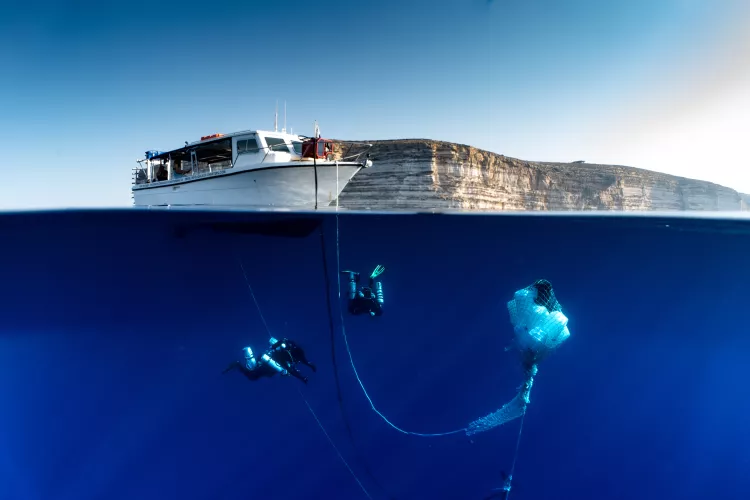
Innovative methods
The 2020 season successfully recovered a significant cargo, complete amphorae, and wooden fragments, including evidence of an early shipbuilding technique. Innovative methods like a hydraulic-powered submersible pump and 3D photogrammetric recording expedited the excavation process. Findings included a mortise and tenon joint, which provided early evidence of this shipbuilding technique in the region.
Because of the deep depths, divers spent limited time on site (no more than 14 minutes), necessitating the use of specialized equipment to capture thousands of images daily, with mirrorless cameras and powerful lights. These images were processed to create detailed 3D models of the excavation’s progress.

Deep-water archaeology
A remarkable discovery during the excavation was a human tooth, the first human remains found at the site. It is now undergoing carbon dating and DNA analysis.
In 2021, after four years of underwater excavation, the project broke new ground in deep-water archaeology beyond 100m. Techniques developed during this period are expected to have a lasting impact on the field.
At the end of the season, the shipwreck site was carefully protected with geotextile, sandbags and spoil material to ensure the preservation of timber remains. Periodic checks by University of Malta and Heritage Malta divers will help maintain the site’s integrity for future generations.
First deep-sea archaeological park
In August 2023, the wreck site off Xlendi in Gozo was inaugurated as the world’s first Deepwater Archaeological Park, which will enable researchers and technical divers from all over the globe to explore the history of Malta from an entirely different perspective, according to Owen Bonnici, Minister for the National Heritage, the Arts and Local Government.
For a virtual exploration of this unique site and the project, you can visit underwatermalta.org and phoenicianshipwreck.org. ■
Source: Heritage Malta

